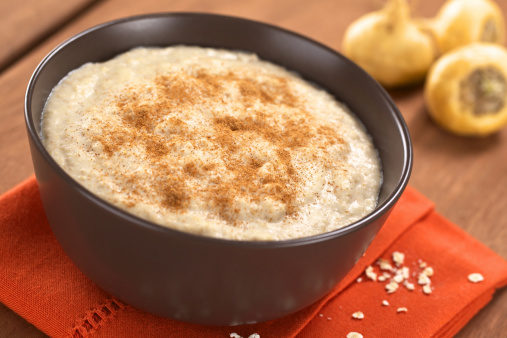New York, NY—Natural products companies may soon be edged out of the maca market, according to reports recently published from several sources including the Wall Street Journal.
Maca, known for natural energy support, has exploded in demand from consumers in the last decade after years of relative obscurity, being featured in a November 2013 episode of The Dr. Oz Show as an energy boosting food, and now appearing in small natural-goods stores and major retail chains alike. In addition, the American Botanical Council’s 2013 Herb Market Report listed maca among the year’s 30 best-selling herbs in the mainstream multi-outlet channel, with a 150% increase in sales from the previous year.
A large part of this newfound popularity is interest from buyers in China, where maca is sought due to possible libido-enhancing effects and its reputation as a source of longevity. Chinese buyers have bought up much of the Peruvian supply, the WSJ reports. Thieves have purportedly targeted maca warehouses in Peru, stealing thousands of pounds of the crop. Earlier in the year, there were multiple reports of a maca smuggling scheme by Chinese businessmen and Peruvian farmers, according to news outlet PeruThisWeek.com. As of the August report, more than 2,000 tons of maca was illegally taken out of the country, about half of the country’s total maca harvest from January to August 2014. Many are taking the crop in a raw state, when the processing of the crop is required before it leaves Peru so as to protect local businesses. According to an American Botanical Council report citing Chris Kilham, “Medicine Hunter” and maca expert, maca cultivation is also already underway in China itself, but this has done little to curb the demand for Peruvian maca due to the higher altitudes in which it is grown.
According to The New York Times, Navitas Naturals says it is being charged $20 a pound for maca, when it was previously $3.60 a pound. The American Botanical Council’s report also noted a great deal of concern from retailers regarding not just the increasing prices, but the overall uncertainty regarding the exporting situation and available and available supply. One company said that the 2014 maca harvest crop is already 95% gone as of late October, while it traditionally lasts from the end of the harvest in September until June/July the following year. Kilham goes so far as to warn that the rapid price increases could “collapse the maca market.” “Is anybody really going to pay $60-$80 US for a 12 oz. bag of maca powder?” he asks. “We are getting into the rarified ethers of pricing.” China is currently preparing for the 2015 Peruvian maca harvest, and already dwarfs Peru in terms of acreage dedicated to maca cultivation.
Published in WholeFoods Magazine, January 2015 (online 12/11/14)










